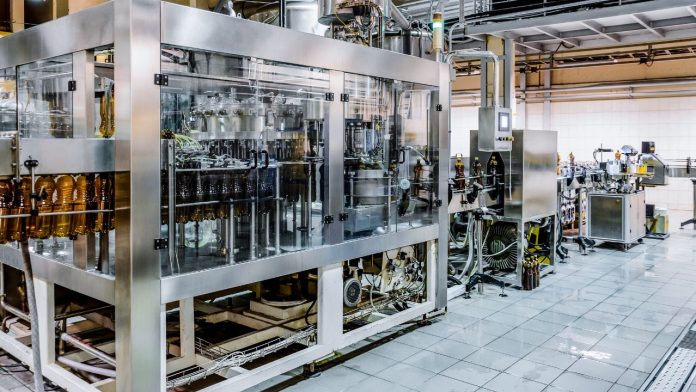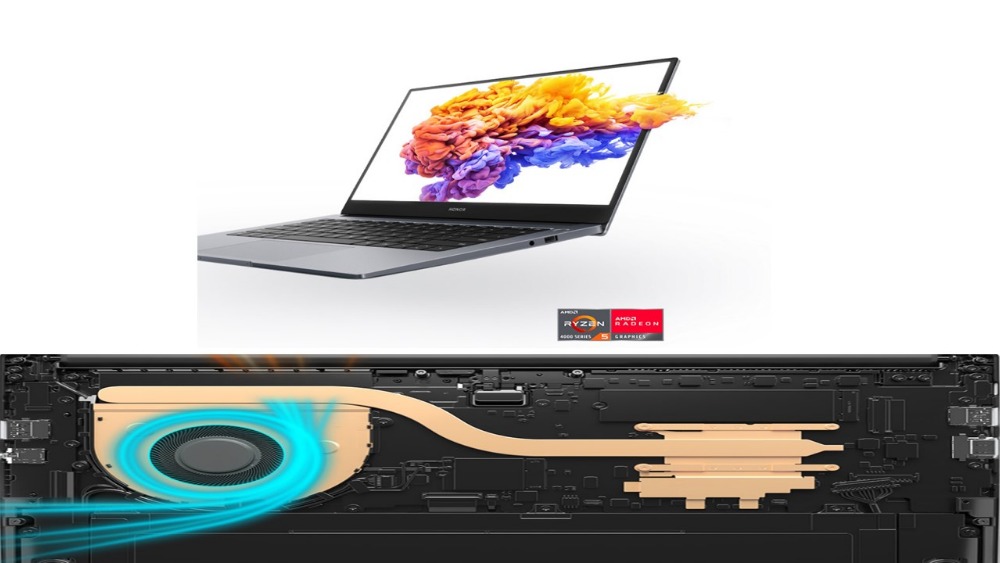When it comes to industrial filling processes, choosing the right filling machine is crucial to ensure product quality, operational efficiency, and cost-effectiveness.
Various types of filling machines are designed for different applications, ranging from liquid to viscous products, and from small-scale to high-volume production lines.
This article compares the most common types of filling machines and provides guidelines for selecting the best one for your business needs.
1. Gravity Fillers
Gravity filling machines are some of the most straightforward and economical options for filling thin or low-viscosity liquids. The machine operates based on the force of gravity, where the product flows into containers from a nozzle.
Gravity fillers are ideal for filling beverages, water, and other free-flowing liquids. They are relatively simple to operate, require less maintenance, and are commonly used in small to medium-sized production lines. However, their limitations include less accuracy compared to other types, especially when filling thicker liquids or when high-volume filling is required.
2. Piston Fillers
Piston filling machines use a piston to draw product from a hopper and then force it into containers. These machines are ideal for filling products with higher viscosity, such as sauces, creams, oils, and pastes. Piston fillers offer greater accuracy than gravity fillers, as the volume of product dispensed is controlled by the piston’s stroke. These machines are commonly used in industries like cosmetics, pharmaceuticals, and food processing. However, piston fillers can be more complex to clean and maintain, particularly when dealing with sticky or thick substances.
3. Peristaltic Fillers
Peristaltic filling machines operate by using a peristaltic pump, which works by squeezing product through a flexible tube. This type of filler is ideal for products that are sensitive to contamination, such as pharmaceuticals, chemicals, or food products.
The peristaltic filler ensures that the product never comes into direct contact with the pump mechanism, making it highly hygienic and suitable for sterile environments. While peristaltic fillers provide excellent accuracy and are easy to clean, they are typically more expensive and may have a slower fill rate compared to other options.
4. Vacuum Fillers
Vacuum filling machines use vacuum pressure to draw liquid into containers. They are commonly used for filling bottles or jars with liquids, such as oils, syrups, and perfumes, that need to be filled without creating air bubbles or foam.
These machines are often preferred in applications where product integrity and appearance are important, as they can fill containers without disturbing the liquid’s consistency. Vacuum fillers are more specialized and often used for high-end products, making them more expensive and suitable for smaller batch production lines.
5. Auger Fillers
Auger fillers are designed for filling powdered products, such as flour, coffee, and spices. They use an auger screw to transfer powder from a hopper into containers. This type of filler ensures accuracy and consistency in dispensing the product, even for fine powders or granular substances. Auger fillers are commonly used in the food, pharmaceutical, and chemical industries. While they are ideal for powders, they can be slower compared to liquid fillers and may require more frequent cleaning to prevent clogging.
6. Inline Fillers
Inline filling machines are typically designed for high-volume production lines and are highly versatile. They can be used for both liquid and viscous products and are usually integrated into automated production systems. Inline fillers are ideal for companies that require fast production speeds and high throughput.
These machines are known for their speed, flexibility, and automation, which can be adjusted based on the product type and container size. However, inline fillers are more expensive and complex to install compared to simpler machines like gravity fillers.
Conclusion
Choosing the right filling machine depends on factors like product type, container size, production volume, and budget. For businesses requiring reliable, precise filling solutions, it’s essential to consider all these factors and select the equipment that meets your specific needs.
For companies looking for high-quality, customizable filling machines, Confilling is a trusted manufacturer offering advanced filling solutions across various industries. To explore more about our products and services, visit Confilling.com.







